Skilled writing combines multiple processes. The Writing Process Model (Flower and Hayes, 1981) is widely accepted as a way to describe the various component skills that combine to enable effective writing. Rather than treat writing as one skill, it has proved valuable to understand it as made up of components that feed into each other in multiple ways. This is not unnecessary complexity. For those familiar with the model, it offers the basis for communication and discussion. This model has been used to guide both writing researchers and the development of instructional tactics. For researchers, the model is often used as a way to identify and evaluate the impact of the individual processes on the quality of the final project. For example, better writers appear to spend more time planning (e.g., Bereiter & Scardamalia, 1987). Such insights are helpful in identifying skills that are important to develop, and educators and instructional designers who understand the multiple processes that contribute to effective writing and how these processes interact can help learners develop these multiple skills. For example, what skills have the greatest impact when learning to write and writing to learn?
I have used this model in an additional way. Because it isolates components skills or processes, I have used the skills identified to speculate about specific uses of technology, often in the form of an identifiable group of alternative technology tools that might be helpful to writers as they apply one of the skills. More recently, the specificity of the model allows for speculation about how AI might be used and perhaps where and when it should be avoided. Consider the reaction of educators to the use of AI I just mentioned. Acceptable uses of AI would likely be very different when the goal is learning to write than when assigning a writing-to-learn task to encourage deeper thinking about a topic in a content area.
I have decided to create two interrelated posts to keep the time invested in reading a given post more reasonable. This post will describe the model itself and offer a few more comments about the value of identifying the components and how they work together. In a second post, I will propose some technology tools that seem suited to executing the different components and speculate about the role AI might have when the processes involved in writing are divided in a similar manner.
The model
The model identifies three general components: a) planning, b) translation, and c) reviewing. Planning involves setting a goal for the project, gathering information related to this goal, which I will describe as research, and organizing this information so the product generated will make sense. The goal may be self-determined or the result of an assignment. Research may involve remembering what the author knows about a topic and perhaps exporting these ideas as rough notes or acquiring new information from external sources. Often, both processes are required – what do I know and what else do I need to consider to meet my goals? Research should also include the identification of the characteristics of the audience. What do they already know? How should I explain things so that they will understand? Finally, the process of organization involves establishing a sequence of ideas in memory or externally to represent the intended flow of logic or ideas. Maybe I should create an outline. Maybe I should just begin writing and see how it goes.
What many of us probably think of as writing is what Flower and Hayes describe as translation. Translation is the process of getting our ideas from the mind to the screen, and this externalization process is typically expected to conform to conventions of expression such as spelling and grammar. I find it interesting that I can write for greater length about the other processes than I can about the process of getting something down on paper or the screen of a computer.
Finally, authors read what they have written and make adjustments (reviewing). This review may occur at the end of a project or at the end of a sentence. In practice, authors may also call on others to offer advice rather than relying on their own review. At the professional level, certain individuals, editors, don’t even become involved until an author has generated a draft.
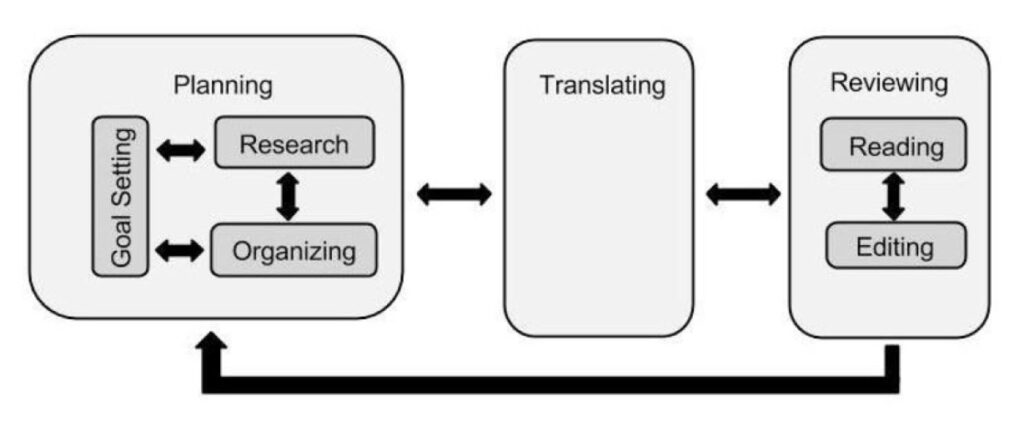
If you explore a bit, you will encounter variations on this basic model. I offer my summary of some of these variations as this structure identifies some categories that lend themselves well to identifying technology tools that would be useful to the accomplishment of that category.
- Prewriting Stage. This stage involves brainstorming, organizing ideas, and planning the structure of the writing. Tools that support creativity, idea generation, and organization are particularly useful here.
- Drafting Stage. During drafting, writers focus on getting their ideas down without worrying too much about perfection.
- Editing Stage. This stage focuses on correcting grammar, punctuation, and formatting errors.
- Revising Stage. Revising involves refining the content, improving structure, and ensuring clarity.
- Publishing Stage. Publishing involves preparing the final version of the work for distribution, whether online or in print.
The model is not sequential
One additional aspect of the model that must not be overlooked is the iterative nature of writing. This is depicted in the figure presenting the basic model by the use of arrows. We may be tempted, even after the initial examination of this model, to see writing as a mostly linear process – we think a bit and jot down a few ideas, we use these ideas to craft a draft, and we edit this draft to address grammatical problems. However, the path to a quality finished product is often more circuitous. We do more than make adjustments in spelling and grammar. As we translate our initial ideas, we may discover that we are vague on some point we thought we understood and need to do more research. We may decide that a different organizational scheme makes more sense. This reality interpreted using a tool metaphor would suggest that within a given project, we seldom can be certain we have finished the use of a given tool, and the opportunity to move back and forth among tools is quite valuable.
A common pattern that differentiates better from poorer writers might be described in terms of this distinction between sequential and interactive. Better writers function as if they understand that writing is an interactive process to a greater degree than less capable writers. A related and specific way this difference is described is that less capable writers conflate editing and revision (I admit I have to keep making certain I understand how these terms are used so I explain things consistently). When “improving their work,” less capable writers focus on surface topics – did I misspell any words, are their obvious grammatical errors? Major changes in the structure of argument or explanation are difficult to evaluate and modify. Once the structure is down on paper, it stays that way.
When engaged in self evaluation, writers emphasize or fall back on product characteristics that are less abstract and emphasized earlier in their development as writers. Spelling and grammar are more concrete and localized than logic or persuasiveness. Educators may respond similarly in the learning tasks that are assigned. A sentence-combining task is easy to assign and evaluate. Developing more global revision skills likely requires the critique of a teacher or perhaps a peer editor and major revisions are not commonly required.
Summary
The Writing Process Model describes writing in terms of processes and the interaction of these processes. Identifying these individual processes guides instruction, provides a model for learners, and differentiates skills researchers can investigate. The model is described here as a preface to a future post intending to examine the role different technology tools might play in developing and supporting the different processes involved in writing.
Sources
Flower, L., & Hayes, J. (1981). A cognitive process theory of writing. College Composition and Communication, 32, 365–387.
Scardamalia, M., & Bereiter, C. (1987). Knowledge telling and knowledge transforming in written composition. Advances in applied psycholinguistics, 2, 142-175.
![]()



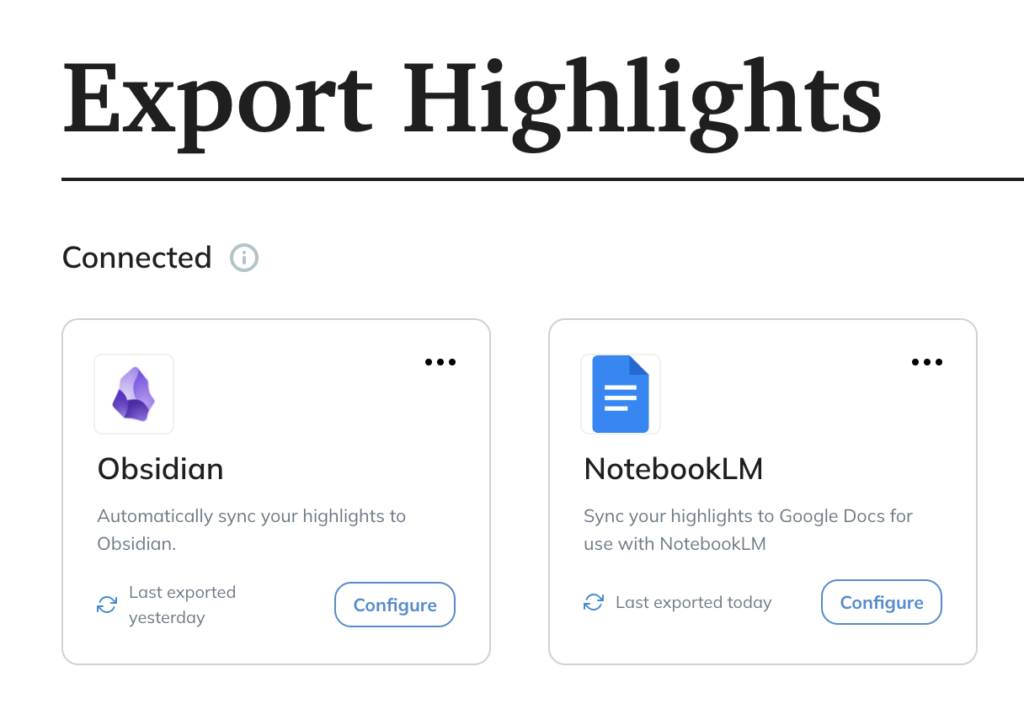
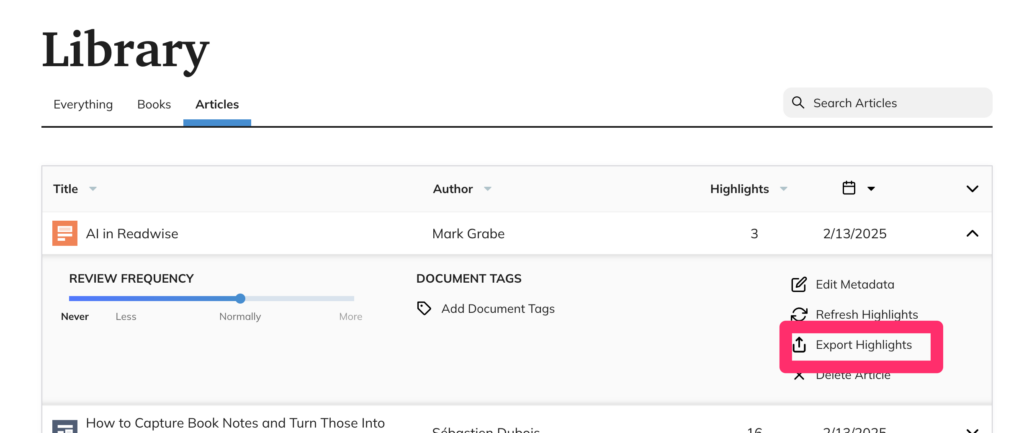
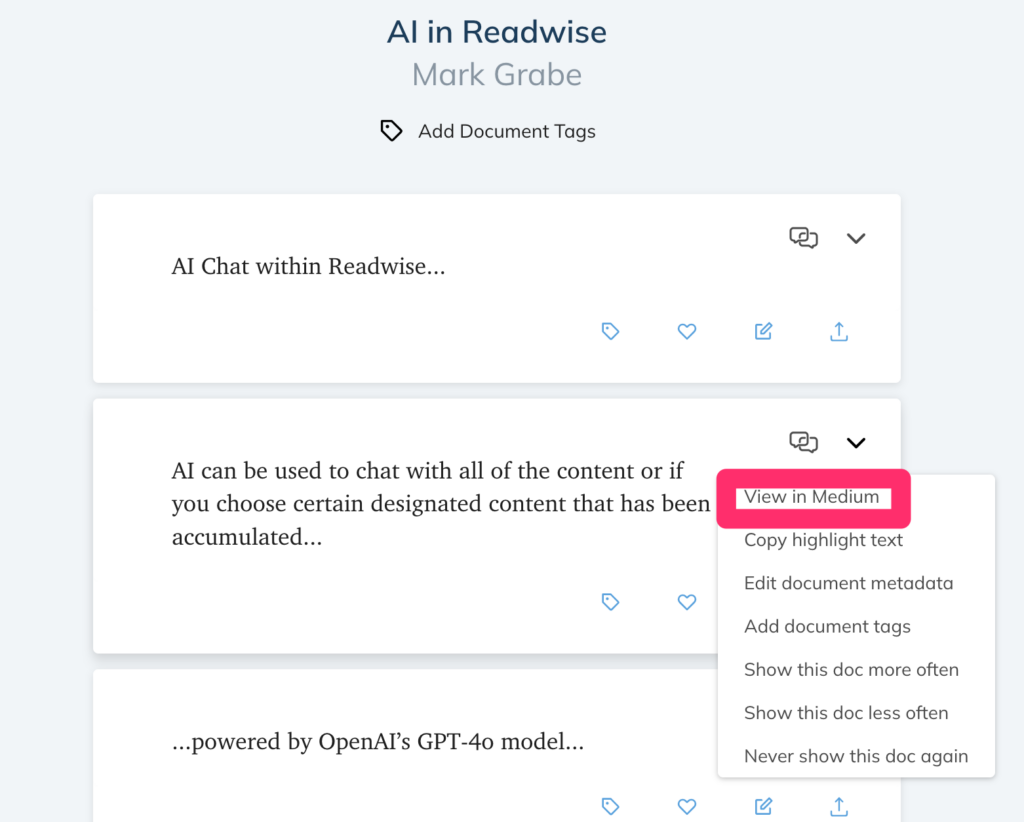
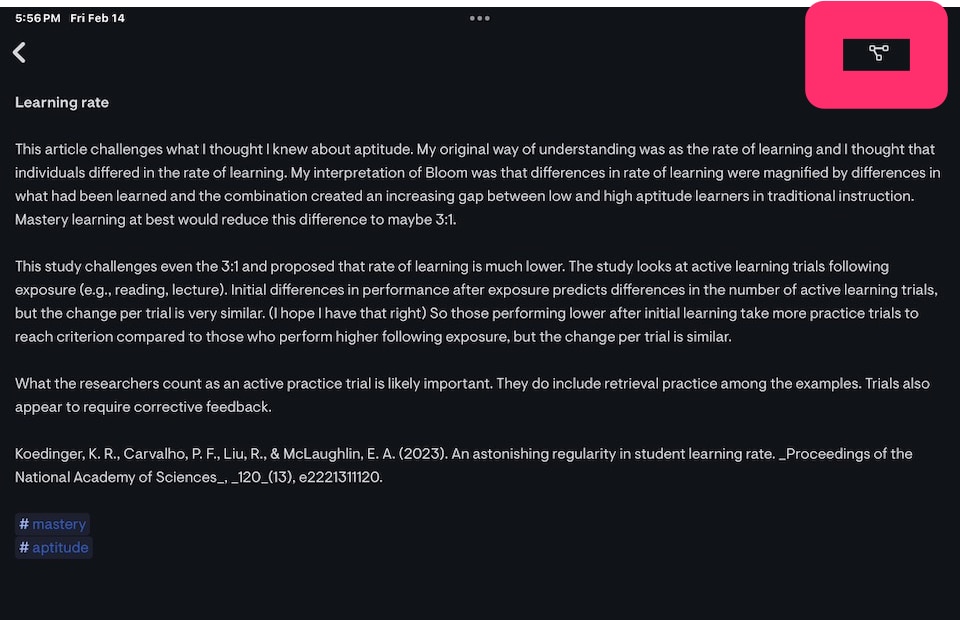
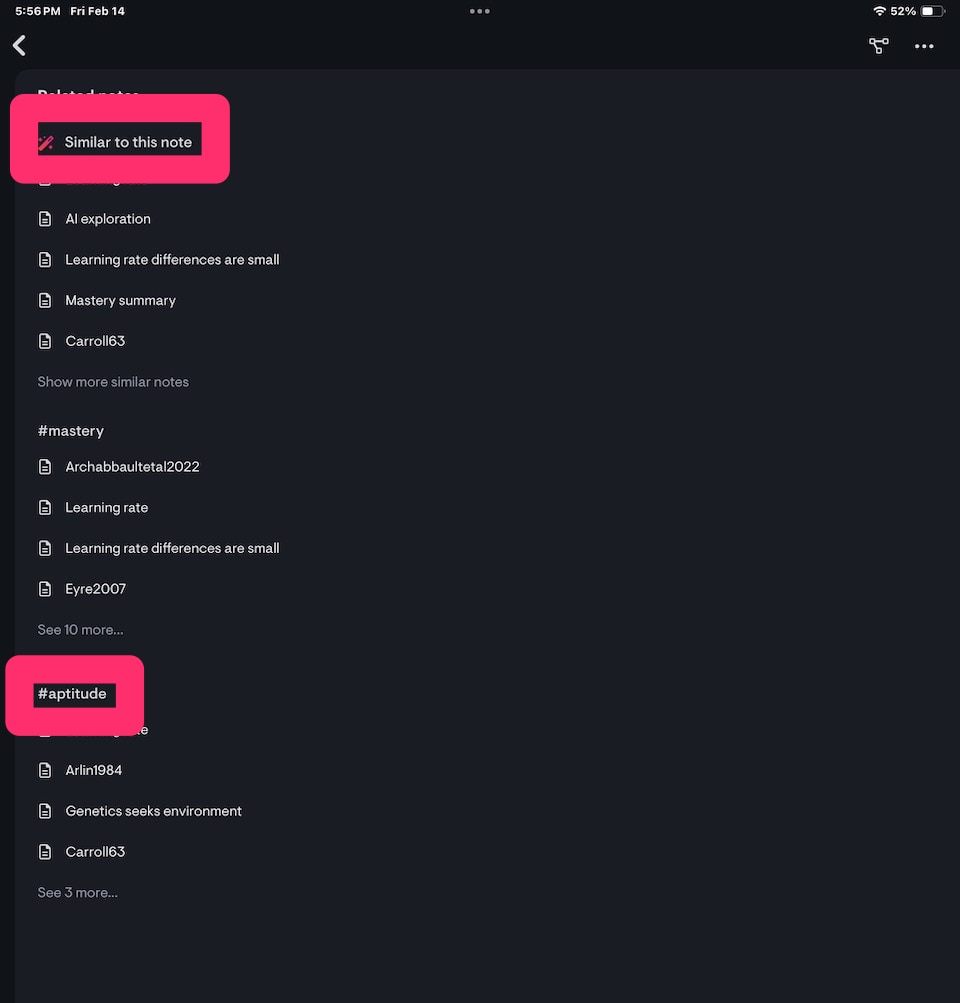
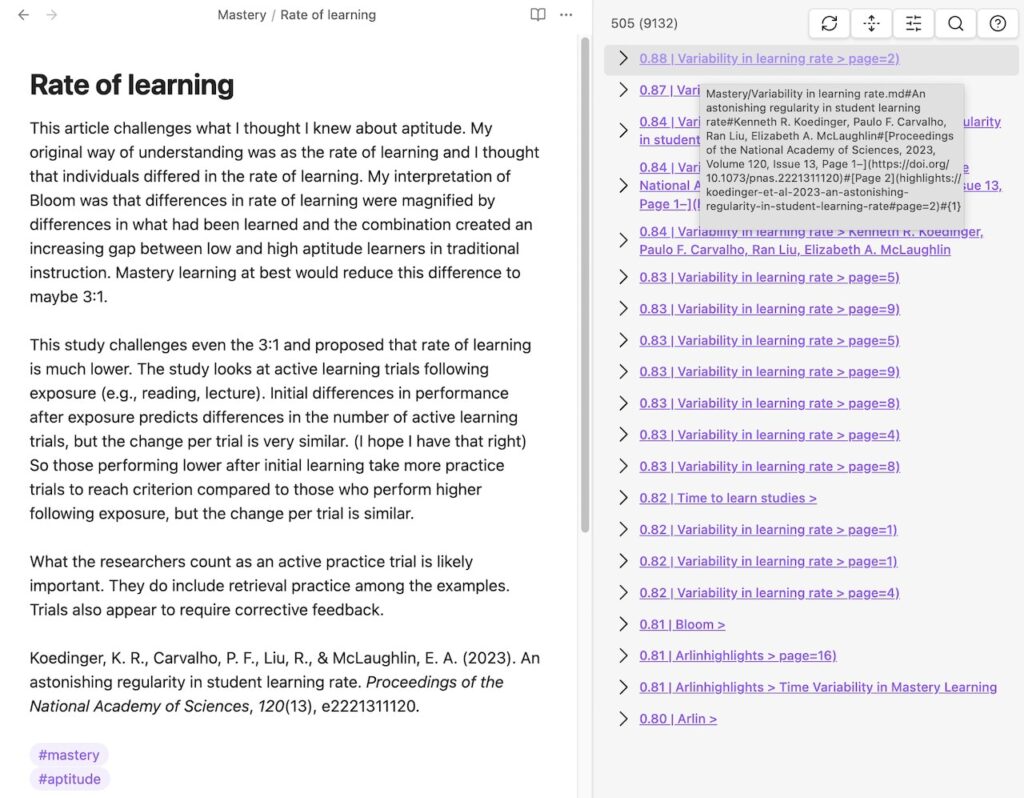
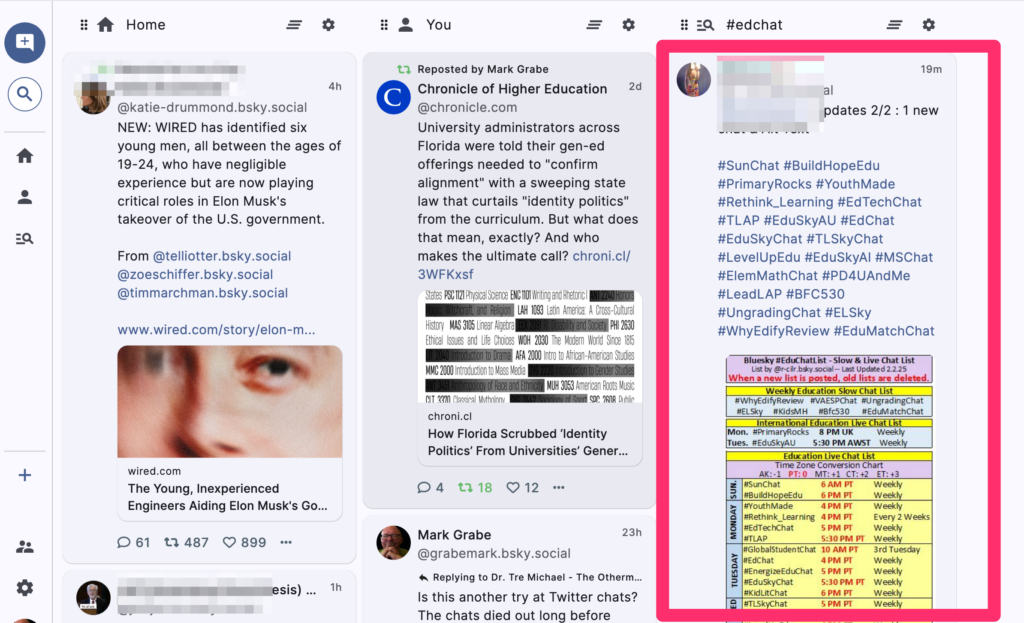
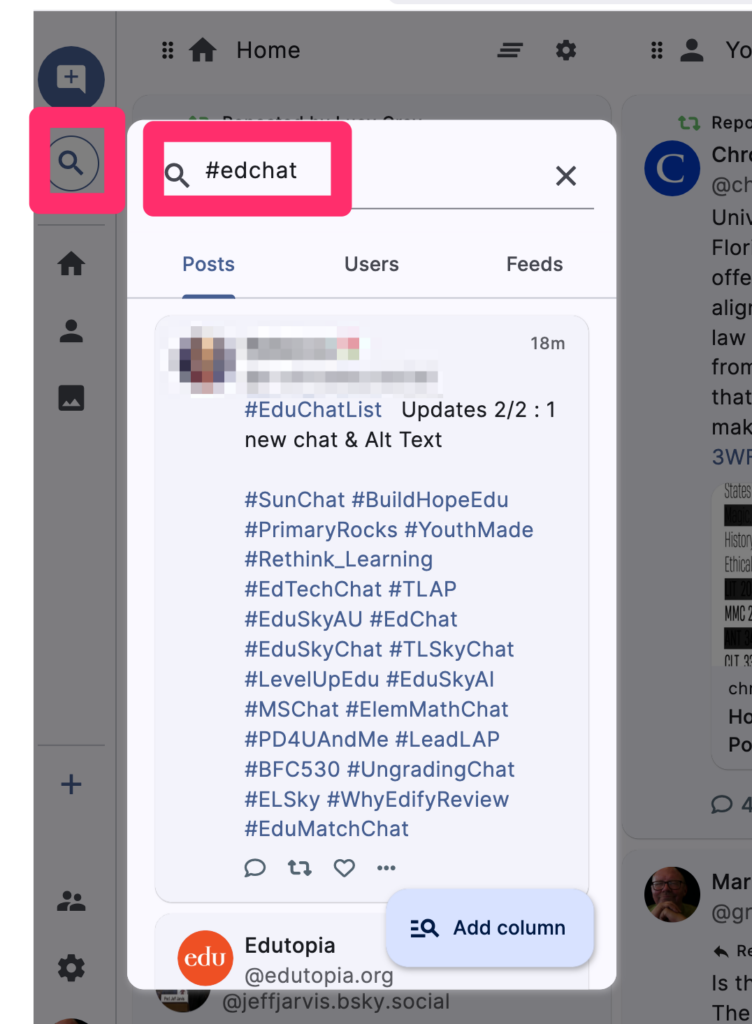

You must be logged in to post a comment.